Magpies are a group of birds in the Corvidae, or crow, family. Like most corvids, the Magpie is an incredibly intelligent bird. Researchers recognize 17 different species across 4 different taxonomic genuses.
These birds live throughout Eurasia, the islands in Southeast Asia, the Middle East, and North America. Read on to learn about the Magpie.
Description of the Magpie
Different Magpies vary drastically in appearance. They usually have long tails compared to other corvids. Many different species are black and white, usually with white chests and sides. Several species are brightly colored, with green, blue, and/or red feathers. On average, these birds are usually around a foot and a half or two feet long, and weigh between five and seven ounces.
Interesting Facts About the Magpie
These birds are intelligent and often quite beautiful. Learn some fun facts about what makes Magpies so unique below.
- Lackluster – Standard wives tales tell us that Magpies and crows like shiny trinkets. In fact, many people believe that these birds steal jewelry and other shiny items to keep in their nests. However, research shows that these birds are actually indifferent or scared of shiny objects!
- Self-Aware – Magpies are one of the few animals that can recognize themselves in the mirror. Researchers placed harmless colored marks on the necks of several of these birds, and placed them in an enclosure with a mirror. When each bird looked into the mirror, it responded by scratching at the spot on its neck. The only other animals that can recognize themselves in a mirror are bottlenose dolphins, Asian elephants, and four primate species.
- Tall Tail – These birds have long tails, especially compared to the rest of the corvid family. In many species, the tail is actually longer than the bird’s body!
- Pest Removal – One of the two species of Magpies that live in North America, the black-billed Magpie, has an interesting feeding strategy. Just like cattle egrets, these birds land on the backs of cows and other livestock and pick the ticks and insects off of them.
Habitat of the Magpie
Different Magpie species live in different types of habitats. Their habitat preference generally changes based on the region that they live in. Many species inhabit riparian areas, or areas of forest and meadow that border rivers and streams.
Some of the different ecosystems that they live in include meadows, savannas, sagebrush, woodlands, meadows, and more. They nest in trees, so their ecosystem must be at least partially forest. Many species also live close to human habitation, including farms, pastures, and parks.
Distribution of the Magpie
As a whole, these birds generally live in temperate regions. Different species inhabit different ranges, and they live throughout Eurasia, parts of North America, the Middle East, India, and the Southeast Asian islands.
The populations of some species overlap with those of other species. Some live across vast ranges, while others inhabit just a small area or even a single island.
Diet of the Magpie
Like most corvids, Magpies are omnivorous, which means they eat both plants and animals. Different species have different dietary preferences. Some species eat a wide variety of fruits, berries, grains, and other plant matter. Others feed primarily on insects, like grasshoppers, beetles, insect larvae, spiders, and more.
They also hunt small animals, including mice, voles, small birds, lizards, squirrels, and more. Some species feed on carrion, and the amount of carrion they eat varies based on the Magpie species or population.
Magpie and Human Interaction
These birds suffer some level of stigma across the world. In agricultural areas, Magpies sometimes eat crops or hunt young poultry. Because of this, farmers sometimes kill them in retaliation. Additionally, people passing too close to their nests are likely to suffer a dive-bombing attack.
Sadly, these birds also suffer due to habitat destruction and pollution. When these impacts add up, populations can decline. Human interaction impacts each Magpie species differently.
Domestication
Humans have not domesticated these birds in any way.
Does the Magpie Make a Good Pet
No, Magpies do not make good pets. They are wild birds, and do not make good house pets. In most places, it is illegal to own one as a pet.
Magpie Care
In zoos, Magpie care varies from species to species. Enclosures reflect the ecosystems of their wild counterparts. Most species thrive in aviary style enclosures with trees, shrubs, and a variety of perches. In large aviaries some species live with a variety of other bird species.
As intelligent birds, Magpies need a variety of toys, puzzle feeders, and other forms of mental stimulation. Their diet varies based on the species, and zookeepers feed them mice, fish, crickets, mealworms, and dog kibble.
Behavior of the Magpie
As a whole, these are intelligent creatures. Generally, they are diurnal, or active during the day. Their social behavior varies from species to species.
Many Magpies live in small flocks, which consist of a mated pair and their offspring from the previous year. Outside of the breeding season, some species congregate in large flocks. This is particularly common in colder habitats, where the birds roost together to keep warm.
Reproduction of the Magpie
Most Magpie species are monogamous, and pairs continue to breed every year for life. Clutch size varies by species, but on average females lay about six eggs per clutch. Incubation rates vary by species as well, though most species incubate their eggs for about three or four weeks before they hatch.
The young begin learning to fly when they are about a month old, but many species remain with their parents for at least a year before setting off in search of a mate.
Beliefs, Superstitions, and Phobias About the Magpie
Human cultures and religions in various regions feature Magpies. In Asia, they are symbols of good fortune or good luck, and the Magpie is the national bird of Korea. Conversely, in Britain people consider lone Magpies as good luck. To combat this bad luck, in some areas people will salute the bird, and ask him “how is your lady wife today?”


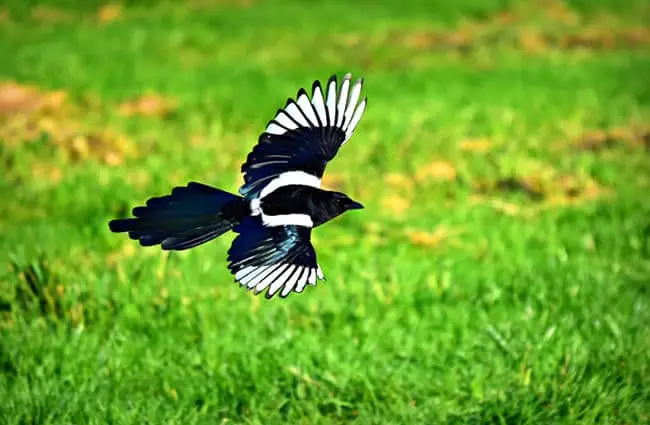
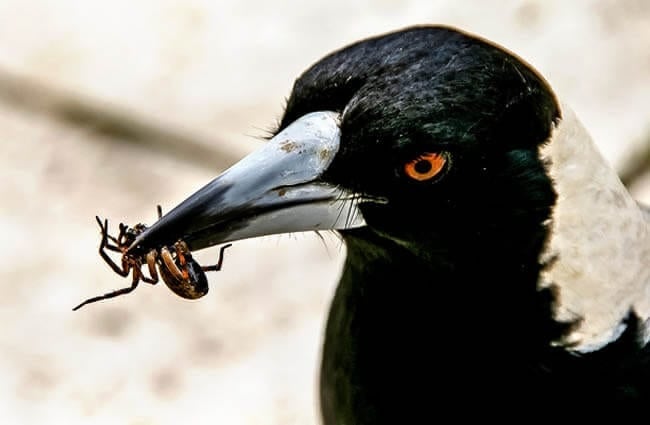
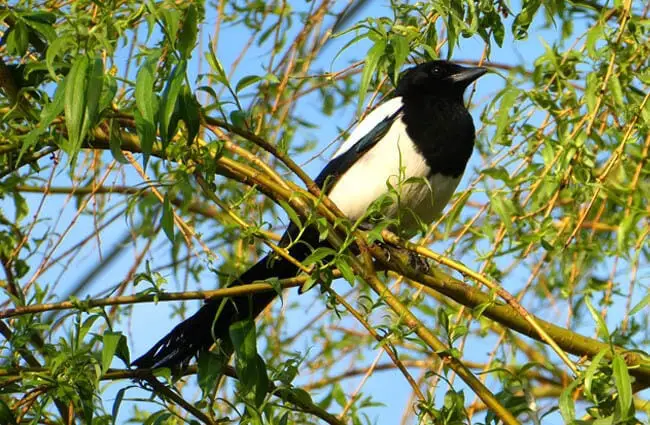
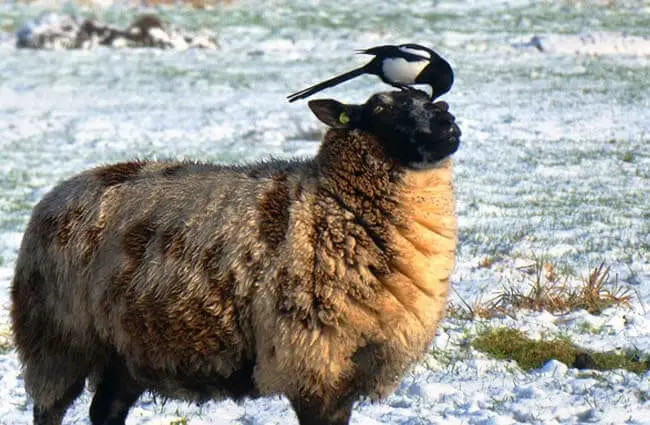
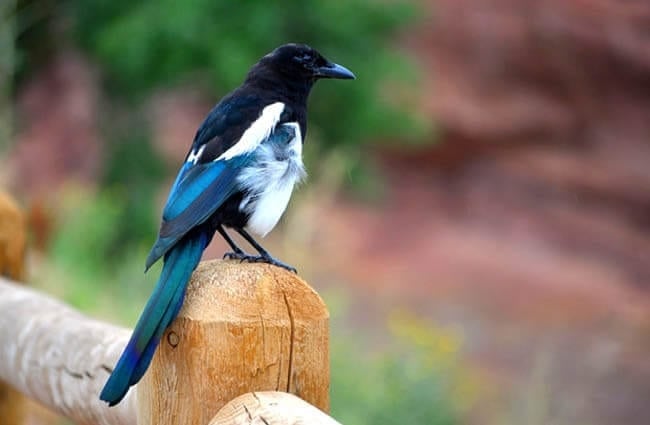
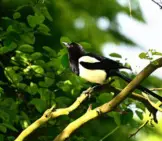
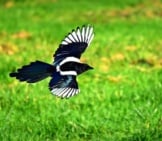
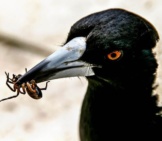

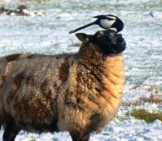

![Red Angus Closeup of a beautiful Red Angus cowPhoto by: U.S. Department of Agriculture [pubic domain]https://creativecommons.org/licenses/by/2.0/](https://animals.net/wp-content/uploads/2020/03/Red-Angus-4-238x178.jpg)












![Red Angus Closeup of a beautiful Red Angus cowPhoto by: U.S. Department of Agriculture [pubic domain]https://creativecommons.org/licenses/by/2.0/](https://animals.net/wp-content/uploads/2020/03/Red-Angus-4-100x75.jpg)

